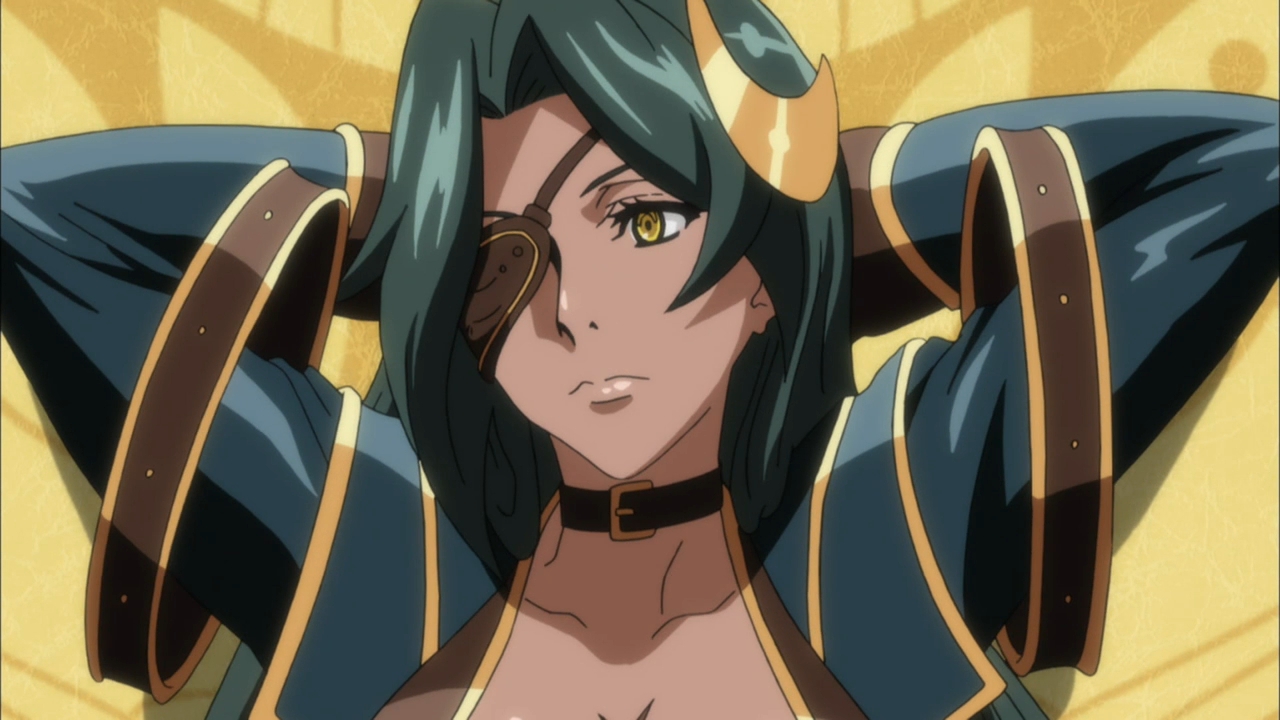
In the United Kingdom the Video Recordings Act 1984 and subsequently the Video Recordings Act 2010 make it a legal requirement for all home video media to be certified by the British Board of Film Classification. However, they also released uncut versions of some of those shows. Another reason was so that they could easily merchandise them.

ĤKids made changes to the anime they licensed to make them "more Western" in order to be more accessible to children. The editing practices evolved over time due to complaints from parents. In some cases content was edited before it was given to Cartoon Network. Autodesk Inferno was used to digitally edit scenes to remove blood or cover up nudity on content edited by Cartoon Network. However some content that aired on Adult Swim was originally scheduled to air on Toonami and was edited accordingly. Material for Cartoon Network was edited for TV-Y7, whereas Adult Swim content was edited for TV-14 standards. The display of alcohol consumption, tobacco smoking, violence (including depictions of death, spoken references to death and dying, scenes of characters being threatened or in life-threatening situations, and depictions of suicide), gambling, blood, offensive language, offensive hand gestures, sexual content (including nudity, intercourse, innuendo, and depictions of homosexual and transsexual characters), and the mistreatment of women and minors were all deemed unacceptable as well as other situations unsuitable to a younger audience. This required them to develop a set of standards and guidelines for the handling of the content. When Cartoon Network began to broadcast anime there were no internal standards in place for the use of overseas material.
#Revisions anime wiki tv
Publishers began using their own age rating suggestions on their releases, however due to differences between publisher assessments and the use of TV age ratings by some this resulted in an inconsistent system. Blockbuster Video marked all anime titles as unsuitable for kids, leading them to appear as R-18 on their computer system. United States ĭue to the lack of a formal and consistent age rating system in the United States of America, age ratings for anime have created several problems. Episodes of shows such as Mr Osomatsu have been edited for repeats and home releases.

Ĭowboy Bebop and Gantz are examples of titles that received edited broadcasts and were later released as unedited home releases. When the censorship is removed for overseas release, the basic animation underneath is revealed, leading to concerns over the sexualization of children in those markets. In other cases, the content is self censored through the use of blurring and black dots.
#Revisions anime wiki series
The use of tentacles in series such as Urotsukidōji enabled the creators to avoid a ban on the display of genitals. The display of pubic hair was prohibited until 1991 leading to series such as Lolita Anime and Cream Lemon using the sexualization of children as a loophole. Over time and due to changing tastes the acceptable standards have become blurred. However the laws date back to 1907 and were unchanged during the process of updating the Japanese constitution in 1947.
#Revisions anime wiki code
Under article 175 of the Penal Code of Japan, material containing indecent images are prohibited. ( June 2018) ( Learn how and when to remove this template message) You may improve this section, discuss the issue on the talk page, or create a new section, as appropriate. The examples and perspective in this section deal primarily with the English-speaking world and do not represent a worldwide view of the subject.


 0 kommentar(er)
0 kommentar(er)
